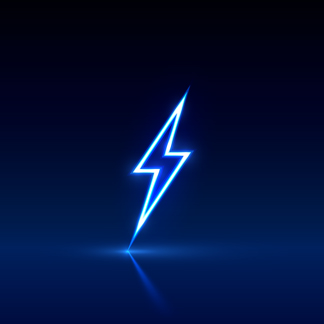
When All Else Fails: The Need for Energy Generators
Commercial buildings come in all shapes and sizes. From retail stores and wholesale warehouses to showrooms and cold storage facilities, different commercial buildings are abundant. To protect you from getting caught with your energy down, resulting in unsafe environments or unscheduled downtime detrimental to daily operations, it’s important to know emergency and standby energy solutions.
There are three primary types of backup generators used to keep your building running on all cylinders should your facility experience a power outage. Only two of the three generators fall under the requirements your building has according to the NFPA 110 Standard for Emergency & Standby Power Systems in the United States. Let’s take a look.
Emergency Generator Systems
The emergency systems are required by the NFPA to re-establish power within 10 seconds to all safety systems, including fire & smoke alarms, evacuation systems, elevators, escalators, and any other system needed for visitors or employees to help them safely leave the facility during potentially dangerous situations. It is also necessary for emergency generators to have completely separate electrical conduits, panels, switches, etc.
Legally Required Standby Generators
While they are required by NFPA code, this type of backup generator is not required to be independent of internal building power like emergency systems. They differ from emergency generators because they are not critically needed for occupant safety, but are geared more towards the safe exodus of any visitor. Legally required standby generators have a maximum of 60 seconds to turn on and provide enough power to enhance safety measures.
Optional Standby Commercial Generators
True to their name, these generators and not required by code or necessary to have on hand. Instead, they serve as a power solution for key equipment not impactful on people’s safety.
Building managers may want to consider these generators as a line of defense against potential unscheduled downtime or economic loss. They also can maintain the operation of temperature control systems and connect to the same system components as legally required generator systems. It should be noted they will not be integrated into the emergency generator solutions.
The Yagla Effect
Yagla Engineering Services understand that power outages are a natural occurrence. But with proper contingency planning, you can mitigate the potential loss of profits or time. When you’re ready for a new emergency solution or need maintenance on the solutions already in place, let us know and we can get you set up with a system that suits you best. As the adage goes,
“better safe than sorry.”
